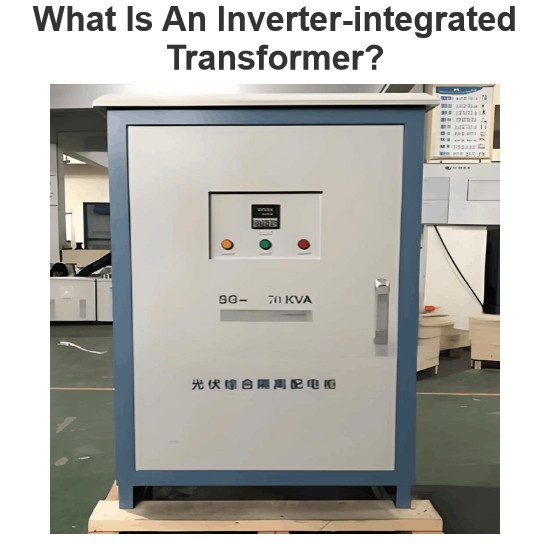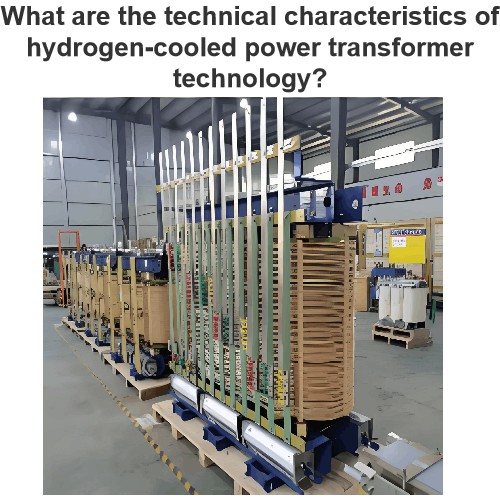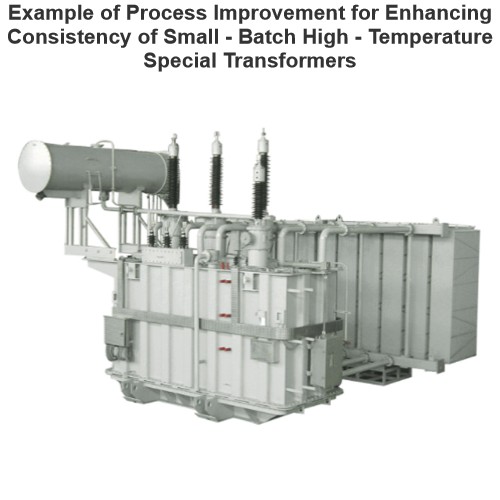What are the different types of core transformers, and how do you compute the C core?
Core transformers vary based on the shape and construction of their magnetic cores. The shape of the core directly affects the transformer’s performance, including efficiency, size, and weight. Below is a list of common core types and a detailed explanation of how to calculate a C-core
Different Types of Core Transformers
1. EI-Type Core
Features: This type of core consists of an "E"-shaped core and an "I"-shaped core combined together, making it one of the most common core types.
Applications: Widely used in various transformers and chokes.
2. ETD-Type Core
Features: This core has a round or elliptical center leg and is usually used for high-frequency applications.
Applications: Suitable for high-frequency transformers and chokes.
3. Toroidal Core
Features : Toroidal cores have a closed ring-shaped structure that provides higher magnetic density and lower leakage flux.
Applications : Used in audio transformers, power transformers, etc.
4. C-Type Core
Features : C-type cores consist of two "C"-shaped cores that can fit together to form a closed magnetic path.
Applications: Suitable for various power converters and filters.
5. U-Type Core
Features: U-type cores resemble half of a toroidal core and are often used in combination with other cores.
Applications: Used in chokes and filters.
6. RM-Type Core
Features: This core has a round center leg and a flat side.
Applications : Suitable for high-frequency applications, such as transformers in switching power supplies.
7. PC90-Type Core
Features : This core has a large center leg and two smaller sides.
Applications : Suitable for high-frequency transformers and chokes.
How to Calculate a C-Core
Method for calculating the C magnetic core
Text: C-shaped cores typically refer to cores with a specific shape (such as C-type), and their calculation methods may vary depending on the specific application, but generally involve several key parameters:
Effective Cross-sectional Area of the Core (Ae): This is the cross-sectional area of the column in the core, usually provided by the core manufacturer.
Magnetic Circuit Length (le): The perimeter of the closed loop that the magnetic flux travels through in the core.
Core Window Area (Aw): The space used for winding the winding wires, which affects the arrangement of the winding and the overall size of the transformer.
Saturation Magnetic Induction of the Core (Bsat): The maximum magnetic induction of the core material, beyond which the permeability decreases.
Frequency (f): If frequency response is involved, it is necessary to consider the performance of the core at different frequencies.
The specific calculation formula may include magnetic flux density, magnetic resistance, inductance, etc., but there is no universal formula that can directly calculate the C magnetic core. In practical applications, engineers usually refer to the data manual provided by the magnetic core manufacturer or use professional electromagnetic simulation software for design calculations. If you need to calculate specific parameters of the C magnetic core, it is recommended to consult the technical specifications of the relevant magnetic core or consult professionals.
The Electricity Encyclopedia is dedicated to accelerating the dissemination and application of electricity knowledge and adding impetus to the development and innovation of the electricity industry.













